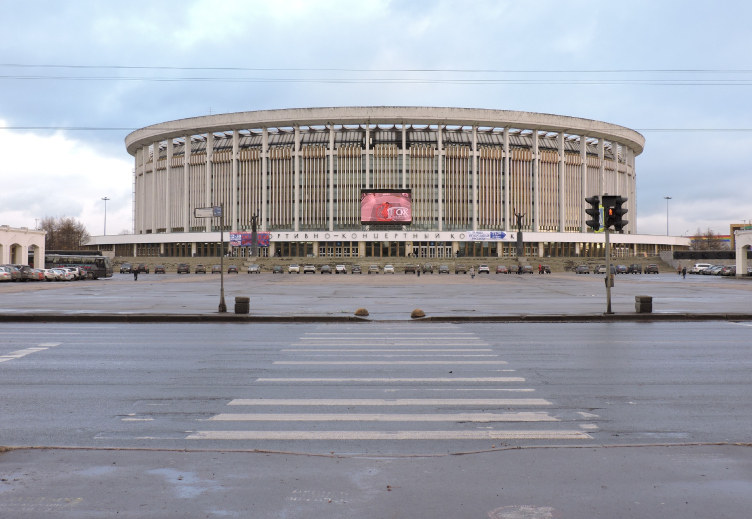|
Published on Archi.ru (https://archi.ru) |
|
| 30.11.2021 | |
|
And stabbed it with a knife |
|
|
Lara Kopylova |
|
| Studio: | |
| Coop Himmelb(l)au | |
|
The leader of Coop Himmelb(l)au, Wolf D. Prix, presented three projects that he is currently doing in Russia: a complex in Sevastopol, Crimea, which, as it turned out, a western architect could build bypassing the sanctions, because this is a cultural project; a museum and theater center in Kemerovo, and the “SKA Arena”, which is built in the stead of the destroyed Sports and Concert Complex in St. Petersburg – during the presentation the latter was symbolized by a round cake that the architect eventually cut. The presentation was organized in an online format, and ended in raising glasses and cutting the cake (more of which later). It was first of all about showcasing the three projects that Coop Himmelb(l)au is currently doing in Russia. Wolf D. PrixCopyright: Photograph © ZwefoCoop Himmelb(l)au designed – as far back as in 2007 – the “Konstantinovsky” communication center in St. Petersburg, the Pushkinskaya Embankment in the Gorky Park (in this project, life size figures of girls in bathing suits lay on a boardwalk without rugs right among the strollers), a ropeway in Blagoveshchensk, and a Sberbank cultural center, but all of these projects remained on paper. Speaking about the Sberbank Center with green gardens encased in glass volumes, Prix noted that work and pleasure were combined in that building and painted an expressive picture called “Women wearing furs and men downing vodka”. 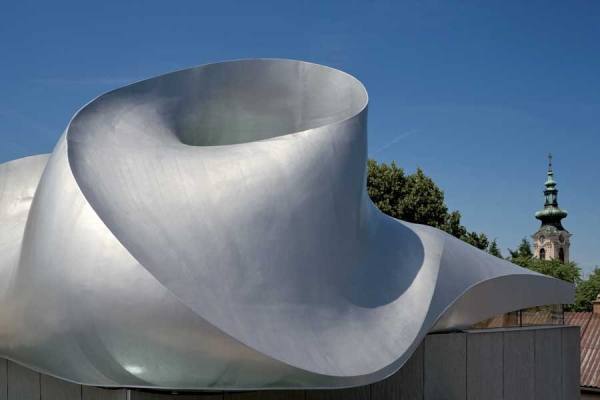 None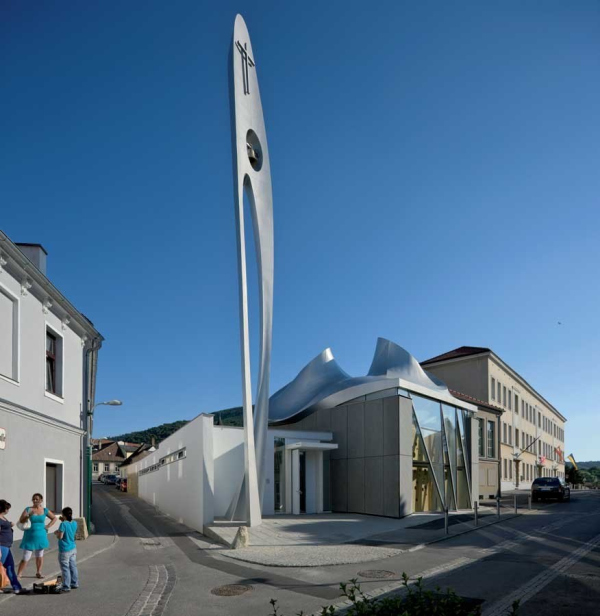 None None None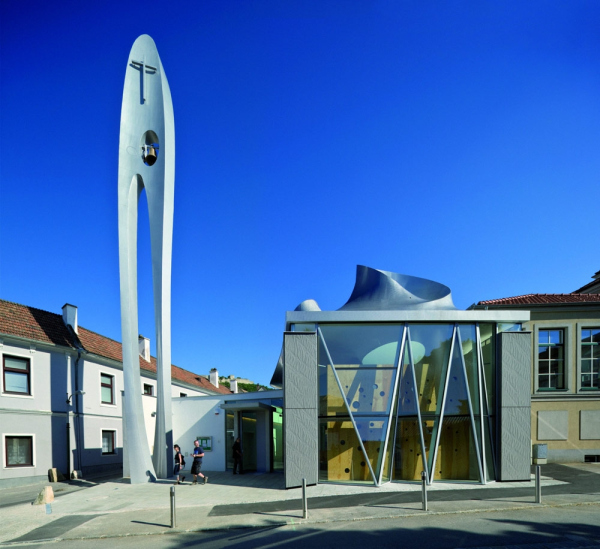 None None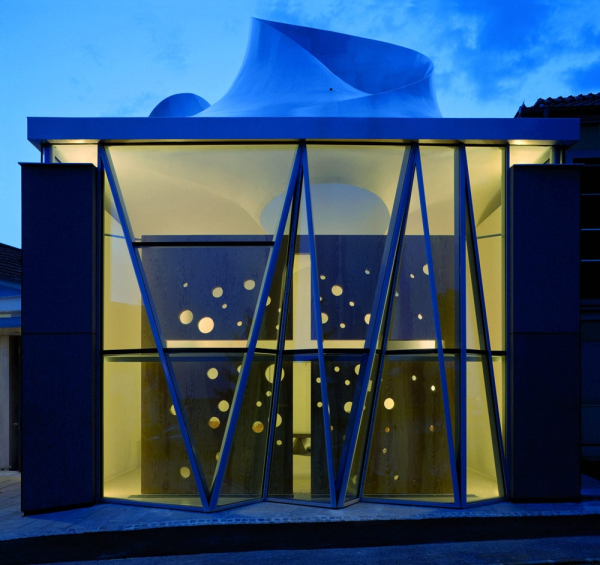 None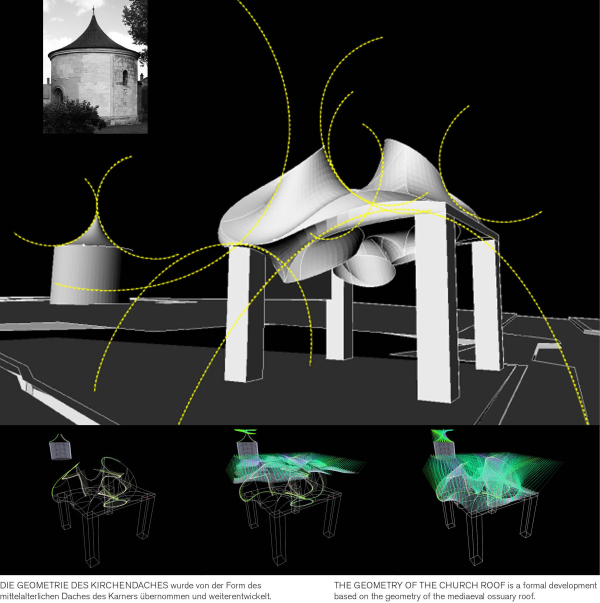 NoneThe current projects of the complexes in Kemerovo and Sevastopol are part of the state-sponsored program initiated by the president Vladimir Putin for developing culture in Russia‘s regions. Regarding the museum and theater center in Kemerovo, Prix emphasized that it was extremely important for him to create a public space both outside and inside the building. The complex will host branches of the Mariinsky Theater, Russian Museum, and the Kuzbass Center of Fine Arts. Originally, it was planned that the museum and the theater would be hosted in separate buildings but later on it was decided to join them by a common covered territory. Next to the museum and theater center, there will be a hotel tower 140m high, the tallest in Siberia. It is expected that the ensemble will be completed in 2023.  BMW Welt center in Munich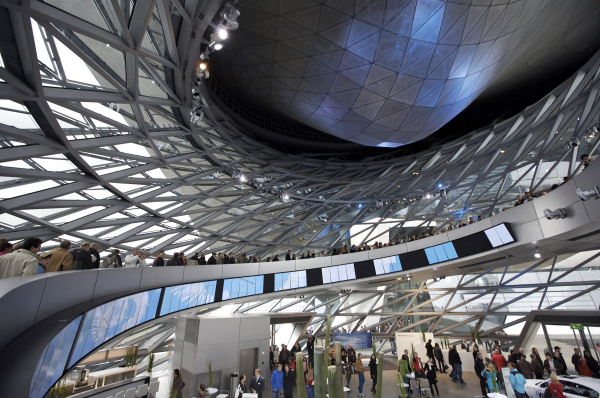 BMW Welt center in Munich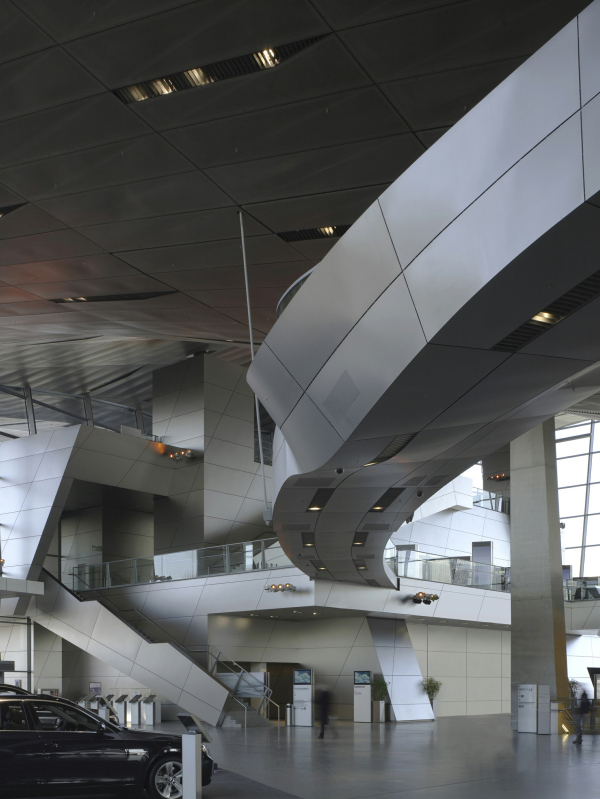 BMW Welt center in Munich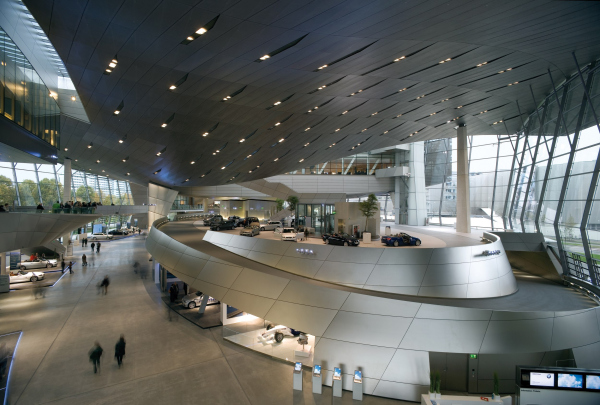 BMW Welt center in MunichThe theater complex with a choreographic academy in Crimea's Sevastopol is part of the same program for developing culture in the regions. The choreographic academy was founded by the world ballet star Sergei Polunin, a dancer of Ukrainian origin, a soloist of the Royal London Ballet, who abandoned a million dollar contract in London in order to return to Russia for the sake of reforms that he decided to do in the ballet world. Incidentally, Wolf D. Prix recently read a lecture to the students of the Academy, and the academic building with panoramic windows overlooking the sea will be completed ahead of all the rest, by September 2022. The theater complex will be situated in a place very important for this city, next to the Soldier and Sailor monument, dedicated to the victory in World War 2. Again, the buildings will be surrounded by a public space open to the city throughout the year. The building’s lighting system is designed with allusions to the shape of grapes. The sculpture will remain the center of the composition. 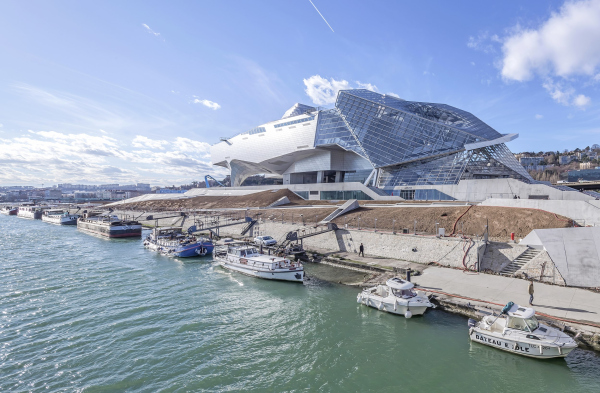 Confluence Museum in Lion Confluence Museum in Lion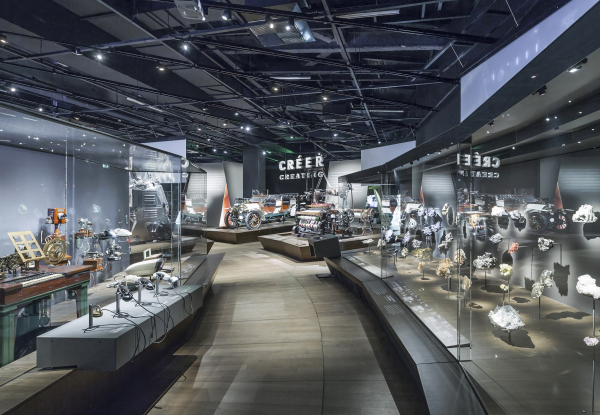 Confluence Museum in Lion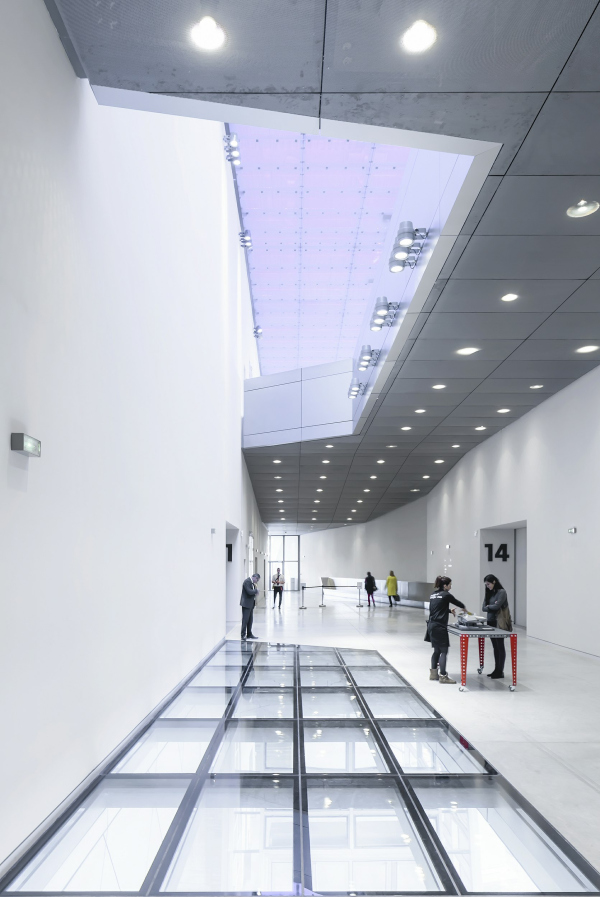 Confluence Museum in LionAs for the SKA Arena stadium, Wolf D. Prix is building in the stead of the now-destroyed modernist building constructed in 1970-1979 – back in 1988, at the Paris exhibition it was pronounced to be one of the outstanding buildings of the 20th century, but recently it was blown up nonetheless [here some Russian architects are sharing their opinions about SKK, -- in Russian]. Saint Petersburg Sports and Concert Complex
Copyright: Monoklon via Wikimedia Commons. Creative Commons Attribution-Share Alike 4.0 International
The fact that Coop Himmelb(l)au won the competition for the new building to be constructed in the stead of the destroyed one, was announced in April 2021. Wolf D. Prix said he dedicated his new building to the Russian constructivists Vladimir Tatlin and El Lisitsky, as well as to Russian hockey and figure skating. The Tatlin tower was something that he borrowed the latticed structure from, but here it is curvilinear, and is adjusted to fence the perimeter. Lisitsky’s composition inspired the improvement plan. 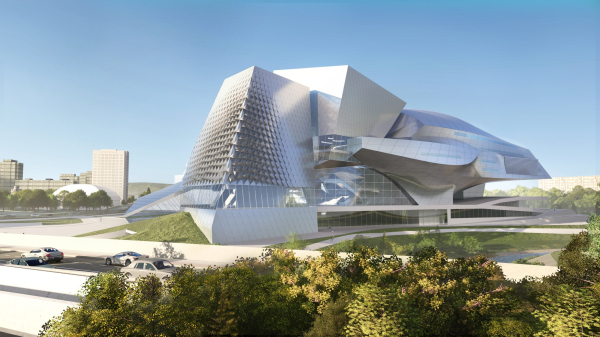 The museum and theater complex in KemerovoCopyright: © provided by Coop Himmelb(l)au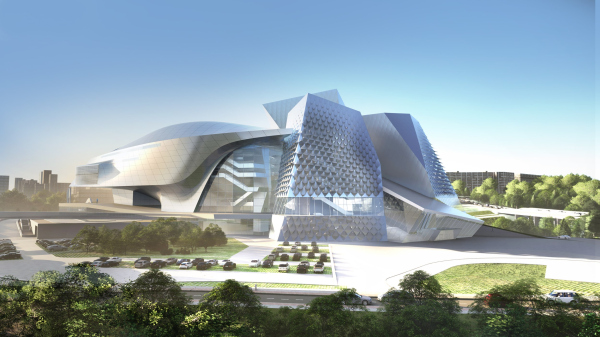 The museum and theater complex in KemerovoCopyright: © provided by Coop Himmelb(l)au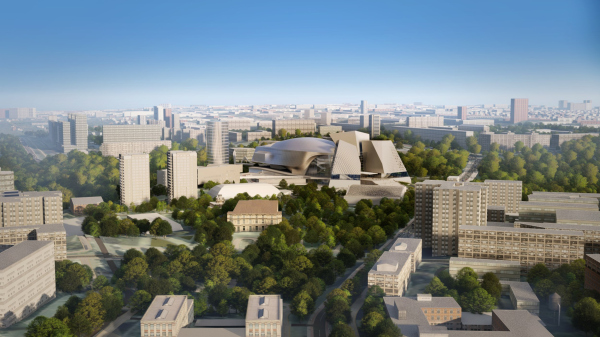 The museum and theater complex in KemerovoCopyright: © provided by Coop Himmelb(l)au The museum and theater complex in KemerovoCopyright: © provided by Coop Himmelb(l)au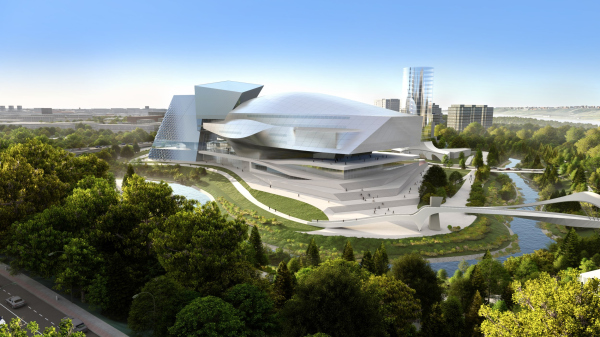 The museum and theater complex in KemerovoCopyright: © provided by Coop Himmelb(l)au The museum and theater complex in KemerovoCopyright: © provided by Coop Himmelb(l)au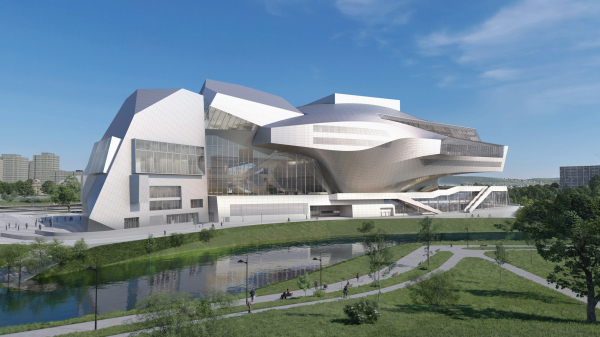 The museum and theater complex in KemerovoCopyright: © provided by Coop Himmelb(l)auThen Wolf D. Prix answered the questions from the moderator and the journalists. The questions were numerous, and some of them awkward. For example, the architect was asked what he thought about St. Petersburg’s SKK, a monument of modernist architecture, destroyed in order to make way for new construction. To this, Prix responded that the old stadium was already falling apart anyway, and that the new one would be better still. Then it turned out that the leader of Coop Himmelb(l)au was not involved in the public discussion about the value of Soviet Modernism, even though he did see some of the buildings, such as the brutalist masterpiece in Tbilisi, in architecture books, and he liked them. There was also a question about the complex city context in Sevastopol. Again, it turned out that Wolf D. Prix did not go too deep into the background problems of the place but what he did share about was the fact that he was luckily able to avoid the western sanctions imposed on the Crimea because these sanctions do not cover cultural projects. However, the architect did receive a few threat calls from some unnamed Ukrainian official (“He, probably, wanted to send me on vacation to Chernobyl – the architect commented – But it all worked out well in the end”). Concluding the presentation, Wolf D. Prix proposed to raise wine glasses, providing a personal example. When it came to the round Viennese cake lying before him, Prix jokingly said that it was the symbol of the old St. Petersburg stadium, “and now we are going to cut and enjoy it”. And stabbed it with a knife. With that, the presentation was over. 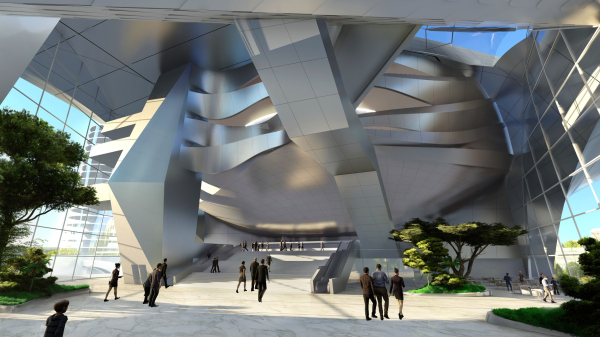 The museum and theater complex in KemerovoCopyright: © provided by Coop Himmelb(l)au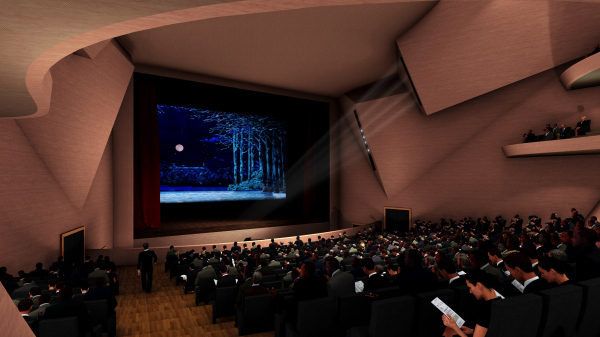 The museum and theater complex in KemerovoCopyright: © provided by Coop Himmelb(l)au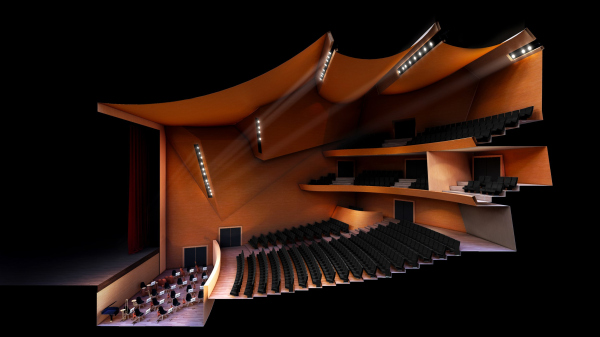 The museum and theater complex in KemerovoCopyright: © provided by Coop Himmelb(l)au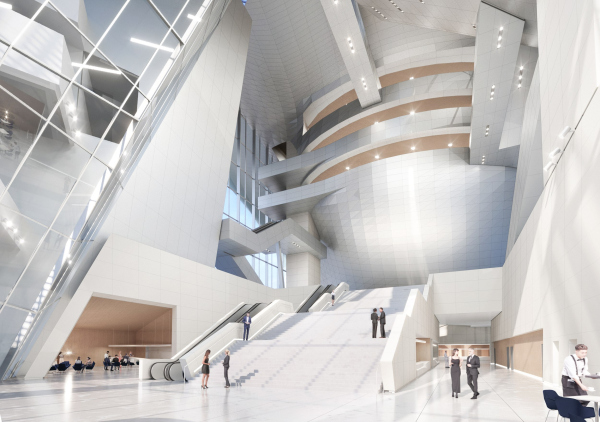 The museum and theater complex in KemerovoCopyright: © provided by Coop Himmelb(l)au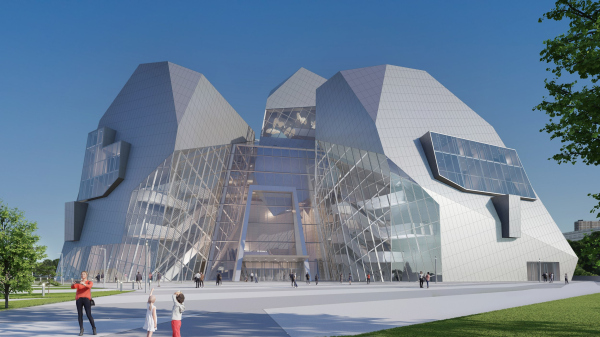 The museum and theater complex in KemerovoCopyright: © provided by Coop Himmelb(l)au The opera house, the museum complex, and the dance academy in SevastopolCopyright: © provided by Coop Himmelb(l)au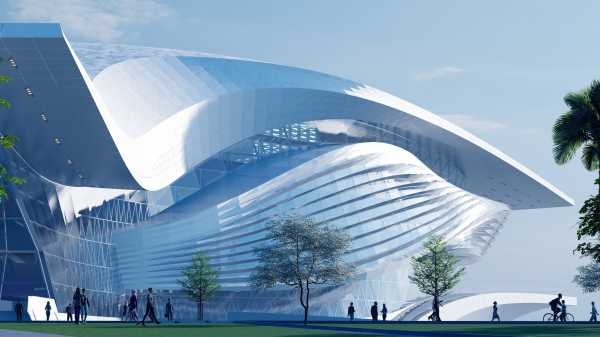 The opera house, the museum complex, and the dance academy in SevastopolCopyright: © provided by Coop Himmelb(l)au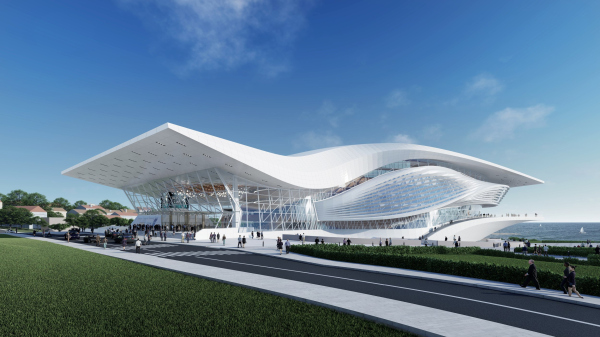 The opera house, the museum complex, and the dance academy in SevastopolCopyright: © provided by Coop Himmelb(l)au The opera house, the museum complex, and the dance academy in SevastopolCopyright: © provided by Coop Himmelb(l)au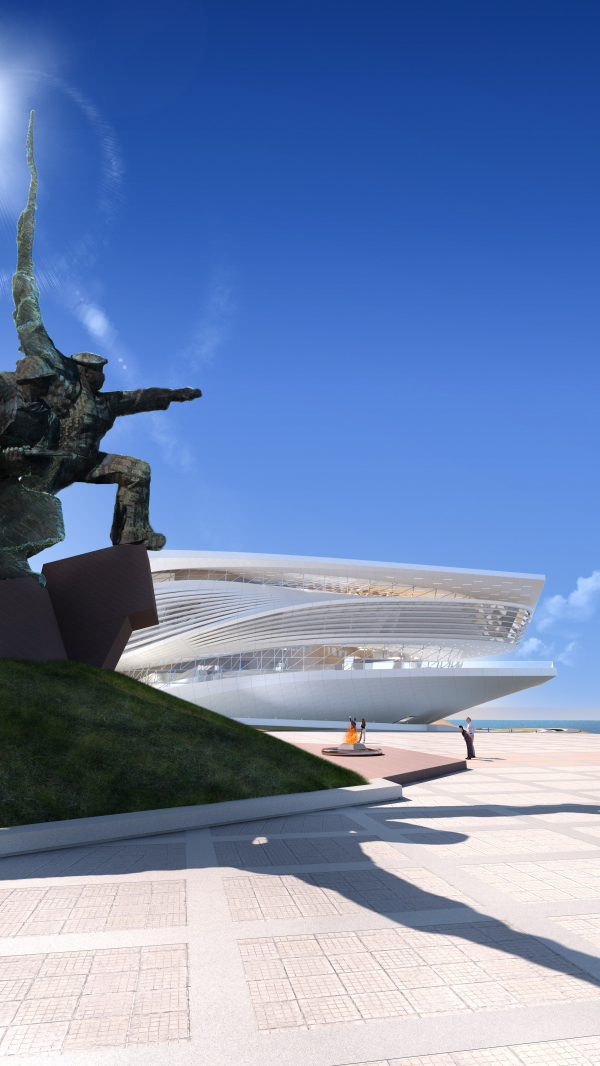 The opera house, the museum complex, and the dance academy in SevastopolCopyright: © provided by Coop Himmelb(l)au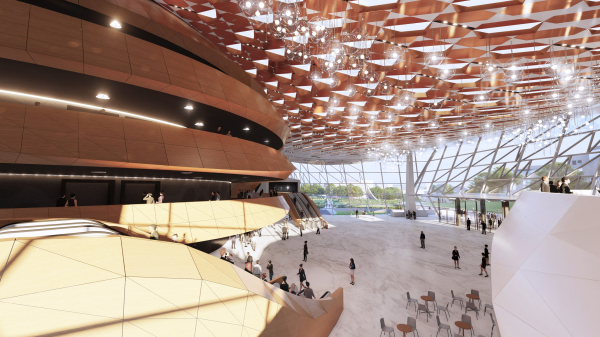 The opera house, the museum complex, and the dance academy in SevastopolCopyright: © provided by Coop Himmelb(l)au The opera house, the museum complex, and the dance academy in SevastopolCopyright: © provided by Coop Himmelb(l)au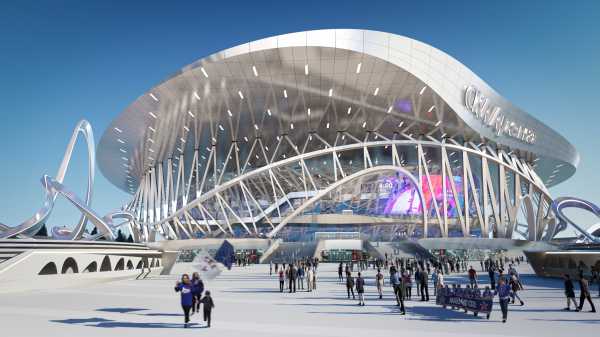 The sports and concert complex SKA Arena in St. PetersburgCopyright: © provided by Coop Himmelb(l)au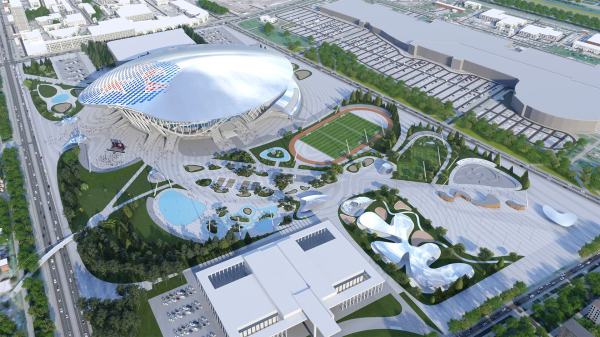 The sports and concert complex SKA Arena in St. PetersburgCopyright: © provided by Coop Himmelb(l)au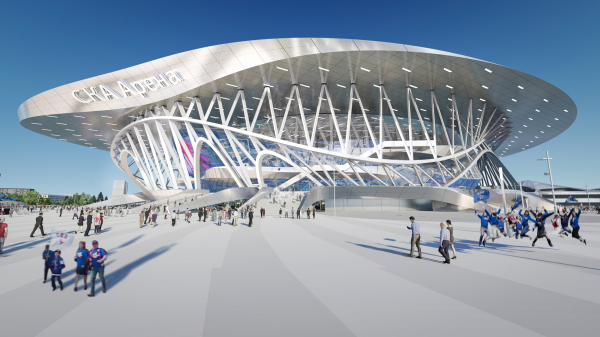 The sports and concert complex SKA Arena in St. PetersburgCopyright: © provided by Coop Himmelb(l)au The sports and concert complex SKA Arena in St. PetersburgCopyright: © provided by Coop Himmelb(l)au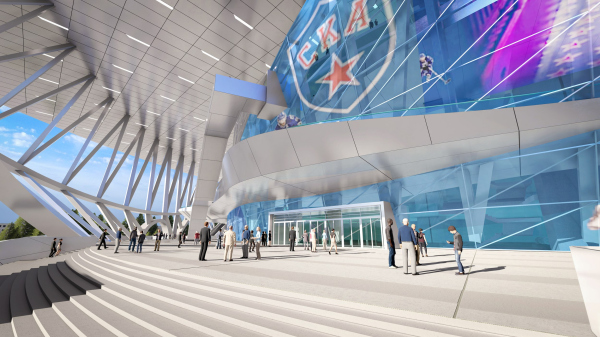 The sports and concert complex SKA Arena in St. PetersburgCopyright: © provided by Coop Himmelb(l)au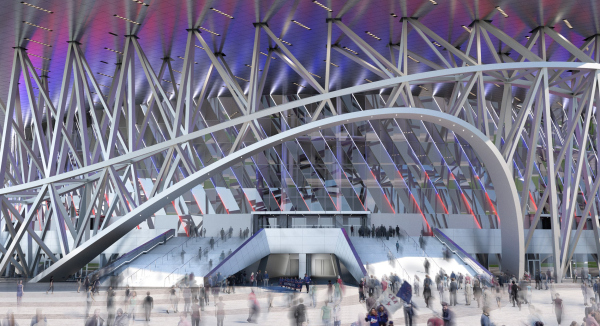 The opera house, the museum complex, and the dance academy in SevastopolCopyright: © provided by Coop Himmelb(l)au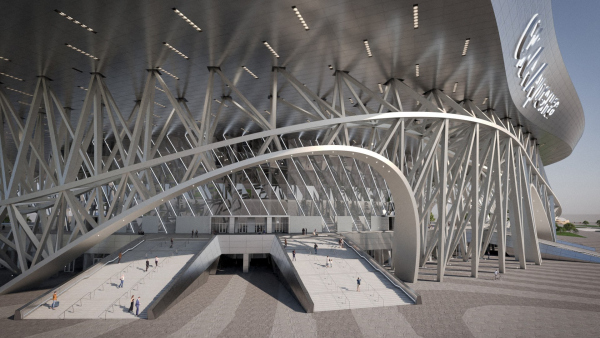 The opera house, the museum complex, and the dance academy in SevastopolCopyright: © provided by Coop Himmelb(l)au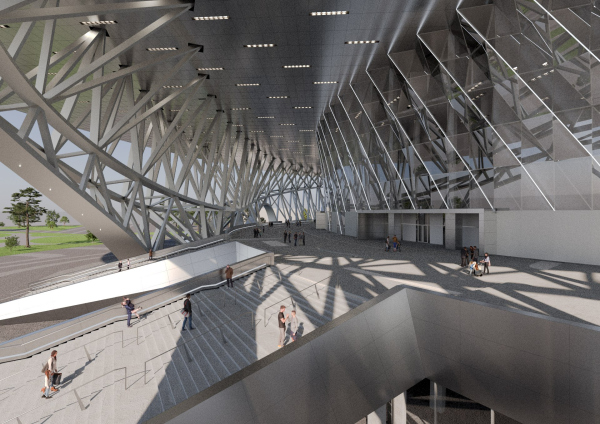 The sports and concert complex SKA Arena in St. PetersburgCopyright: © provided by Coop Himmelb(l)au |
|

